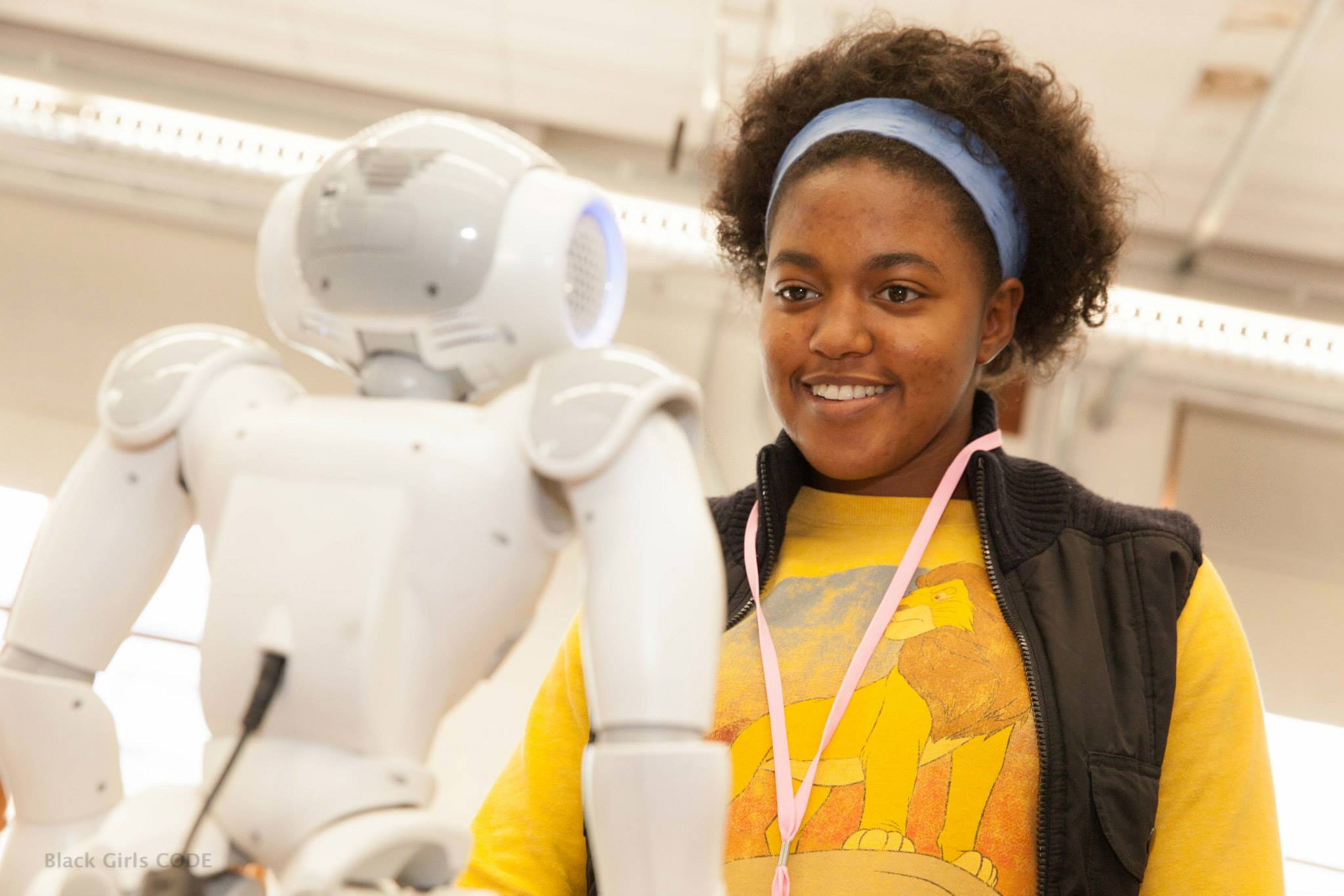By Devin Partida

Scholarships advance STEM education, particularly in the field of robotics. These financial aids open doors for aspiring innovators, enabling them to pursue their dreams without the burden of financial constraints.
Educators stand at the forefront of this endeavor as invaluable mentors and guides. Their insight and encouragement help students navigate scholarship applications and impact their success. Their role extends beyond teaching — they inspire the next generation of robotics professionals, shaping the future of technology and innovation.
Top STEM Scholarships for Robotics Students
Numerous scholarships offer promising pathways for students passionate about robotics. Here are scholarships that provide substantial financial support and unique opportunities for budding robotics innovators to advance their skills and careers.
NSF S-STEM Program
The S-STEM Program from the U.S. National Science Foundation offers an opportunity for low-income students possessing the ambition and talent to excel in STEM fields, including robotics.
It supports those who demonstrate financial need and are enrolled in eligible STEM degree programs at the associate, baccalaureate or graduate level. With a generous maximum award of up to $2,000,000 spread over six years, this program removes financial barriers, enabling students to focus on achieving their full potential in promising STEM careers.
REC Foundation Scholarship Program
The Robotics Education & Competition Foundation inspires student engagement in STEM through immersive, hands-on robotics engineering programs. With a vibrant network of over 80 universities, colleges and organizations, they offer many scholarship opportunities.
These programs recognize and support students who demonstrate exceptional skill and involvement in REC’s robotics competitions, furthering their academic and career pursuits in STEM fields.
FIRST Scholarships
FIRST is a global nonprofit that shapes the future by empowering young minds through transformative youth robotics programs. These initiatives enhance skills and instill confidence among participants. They have forged partnerships with industry giants and prestigious academic institutions — like Amazon and MIT — to further support its mission.
These collaborations have led to the creation of an endowment to provide need-based scholarships. This financial support acknowledges the accomplishments of high school students who have participated in FIRST programs, helping them continue their education and pursue careers in STEM fields.
These scholarships alleviate the financial burden on students, enabling them to pursue their studies in STEM fields — particularly robotics — without the stress of educational expenses. Financial support from these programs covers tuition fees and fosters academic growth.
By recognizing and rewarding students’ achievements and participation in robotics competitions, these scholarships also open doors to exclusive educational opportunities. Moreover, they provide recipients with access to cutting-edge resources, mentorship and networks crucial for their future careers in STEM.
Eligibility Criteria Explained
Scholarship eligibility criteria commonly include maintaining a certain GPA, engaging in robotics-related coursework, participating in extracurricular activities and demonstrating academic dedication and practical experience in the field.
While scholarships cover educational costs, students may consider student loans to fill financial gaps. However, it’s crucial to note that private loans typically come with higher interest rates than federal ones, making them a more costly option.
Each scholarship may also have unique criteria — like specific achievements in robotics competitions or participation in community service — underscoring the importance of educators guiding students toward scholarships that best match their achievements and interests.
Crafting a Winning Application
This endeavor requires a blend of personal passion and strategic presentation of one’s achievements. In robotics and STEM, understanding how to highlight project experience and express a genuine enthusiasm for innovation can set applicants apart, ensuring their applications shine in the eyes of scholarship committees.
Hands-on Project Experience
Detailing robotics projects in scholarship applications showcases an applicant’s practical skills, problem-solving abilities and capacity for teamwork. Moreover, it highlights involvement in cutting-edge areas — like artificial intelligence — and how these projects can significantly enhance an application.
This focus demonstrates technical prowess and signals an applicant’s engagements with leading innovations in robotics, positioning them as a forward-thinking candidate ready to contribute to advancing the field.
Expressing Passion for Robotics
Students should weave personal narratives highlighting their curiosity, dedication and vision for the future of the field to showcase enthusiasm for robotics and innovation in essays effectively. Illustrating how they’ve gone beyond classroom learning to engage with robotics communities, pursue independent projects or contribute to technological advancements reveals a deep-rooted passion.
Students should also articulate their aspirations within robotics, discussing how they plan to drive innovation and solve real-world problems. This approach demonstrates their commitment to the field and showcases their ability to think critically and creatively about future possibilities in robotics.
Letters of Recommendation
Educators can craft impactful recommendation letters by highlighting specific examples of a student’s achievements and contributions in robotics. Emphasizing moments when the student showcased problem-solving skills, leadership and a passion for innovation can vividly illustrate their strengths.
Including personal anecdotes that demonstrate the student’s resilience, teamwork and dedication to advancing in robotics will underscore their potential. Such focused and personalized insights can significantly enhance the student’s scholarship application, showcasing them as a promising candidate in the STEM arena.
The Impact of Scholarships on Diversity and Innovation
Scholarships diversify the robotics field by lowering financial barriers and enabling students from varied backgrounds to bring fresh perspectives and talents. This inclusivity fosters innovation in a field that thrives on different viewpoints and interdisciplinary approaches. By supporting students with diverse experiences and ideas, scholarships help cultivate a workforce capable of driving advancements in critical areas.
Mentoring Future Robotics Innovators
Educators possess the unique ability to inspire and shape the next generation of robotics innovators. By leveraging the insights provided on scholarships, they can guide students to pursue their passions and make significant contributions to robotics. Encouraged to mentor with intention and insight, educators can help unlock the potential of countless students, fostering a future where innovation and diversity drive the advancement of robotics.
Learn more about STEM HERE